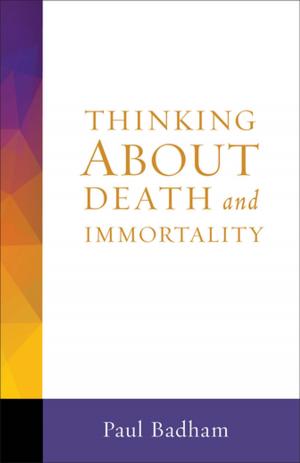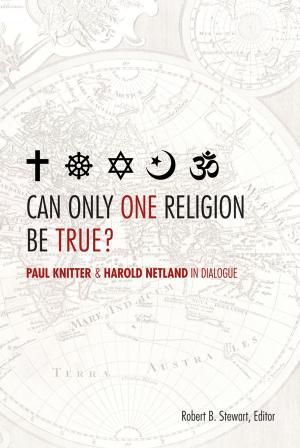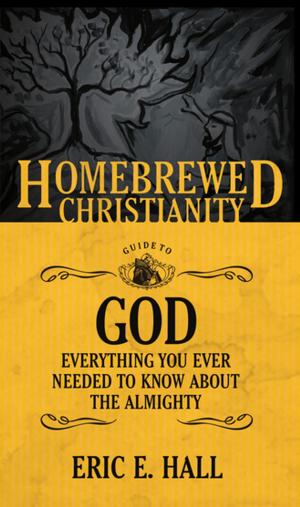Sacrifice and Atonement
Psychological Motives and Biblical Patterns
Nonfiction, Religion & Spirituality, Bible & Bible Studies, Study, Old Testament, Theology| Author: | Stephen Finlan | ISBN: | 9781506401973 |
| Publisher: | Fortress Press | Publication: | June 3, 2016 |
| Imprint: | Fortress Press | Language: | English |
| Author: | Stephen Finlan |
| ISBN: | 9781506401973 |
| Publisher: | Fortress Press |
| Publication: | June 3, 2016 |
| Imprint: | Fortress Press |
| Language: | English |
Beneath the commonplace affirmation that Jesus “paid for our sins” lie depths of implication: did God demand a blood sacrifice to assuage divine anger? Is sacrifice (consciously or unconsciously) intended to induce the deity to show favor? What underlies the various metaphors for atonement used in the Bible?
Here, Stephen Finlan surveys psychological theories that help us to understand beliefs about sacrifice and atonement and what they may reveal about patterns of injury, guilt, shame, and appeasement. Early chapters examine the language in both testaments of purity and the “scapegoat,” and of payment, obligation, reciprocity, and redemption. Later chapters review theories of the origins of atonement thinking in fear and traumatic childhood experience, in ambivalent or avoidant attachment to the parents, and in “poisonous pedagogy.” The theories of Sandor Rado, Mary Ainsworth, Erik Erikson, and Alice Miller are examined, then Finlan draws conclusions about the moral responsibility of appropriating or rejecting atonement metapors and their effects today.
Beneath the commonplace affirmation that Jesus “paid for our sins” lie depths of implication: did God demand a blood sacrifice to assuage divine anger? Is sacrifice (consciously or unconsciously) intended to induce the deity to show favor? What underlies the various metaphors for atonement used in the Bible?
Here, Stephen Finlan surveys psychological theories that help us to understand beliefs about sacrifice and atonement and what they may reveal about patterns of injury, guilt, shame, and appeasement. Early chapters examine the language in both testaments of purity and the “scapegoat,” and of payment, obligation, reciprocity, and redemption. Later chapters review theories of the origins of atonement thinking in fear and traumatic childhood experience, in ambivalent or avoidant attachment to the parents, and in “poisonous pedagogy.” The theories of Sandor Rado, Mary Ainsworth, Erik Erikson, and Alice Miller are examined, then Finlan draws conclusions about the moral responsibility of appropriating or rejecting atonement metapors and their effects today.















